
Stories about the past often leave out the strange ways events actually unfold. Different eras overlap and stretch in directions that seem almost unreal. Many a times, pieces of ancient life linger alongside moments that feel modern. And this article explores 10 of those mind-bending facts that change the way we think about our past.
Stegosaurus Vanished Long Before Tyrannosaurus Rex Appeared
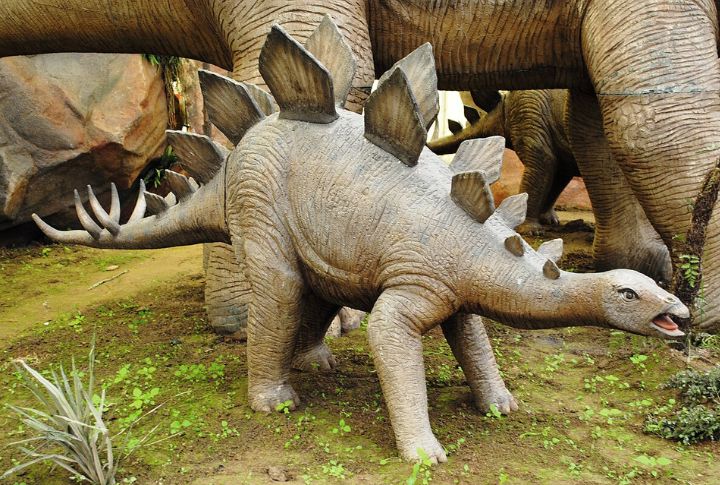
It is easy to imagine dinosaurs as neighbors, but timelines tell a different story. Stegosaurus disappeared around 150 million years ago, while Tyrannosaurus Rex emerged about 67 million years ago. A longer stretch of time separates them than what separates T Rex from today.
Woolly Mammoths Survived Into The Age Of The Great Pyramids
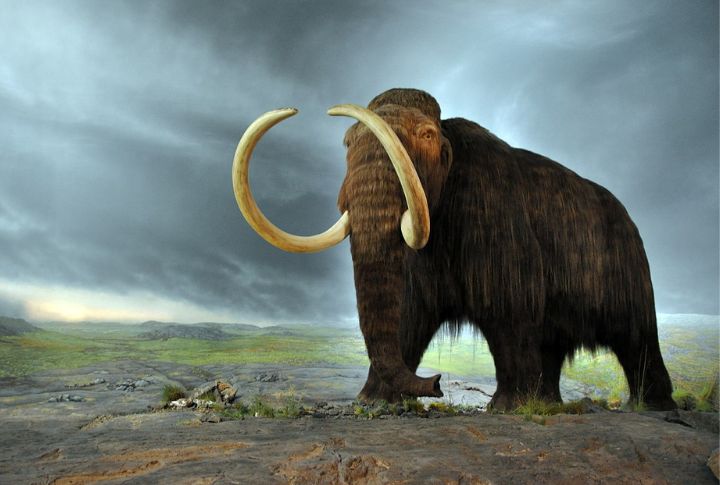
While isolated small populations of woolly mammoths roamed Wrangel Island, the Great Pyramid of Giza had already been completed around 2560 BCE. Far from distant relics, these mammoths coexisted with some of humanity’s earliest large-scale architects!
Cleopatra Lived Closer To Spaceflight Than To The Building Of Pyramids
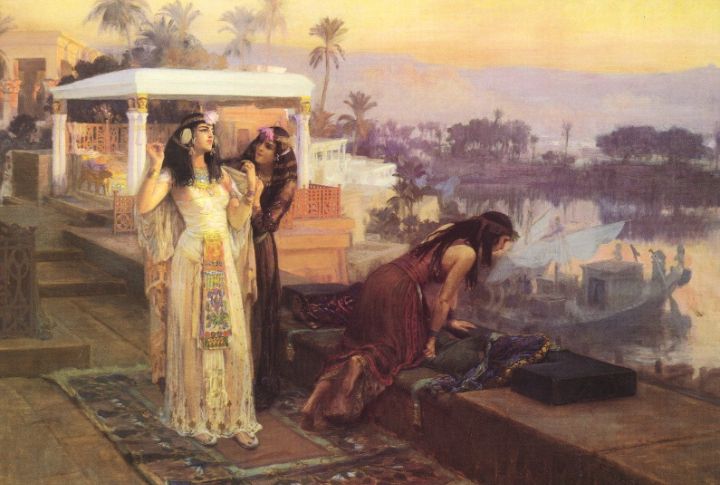
The same Pyramids of Giza had already stood for over 2,500 years by the time Cleopatra VII ruled Egypt, which was during the first century BCE. Surprisingly, her lifetime edges much closer to the Apollo 11 moon landing in 1969 than to the construction of the pyramids.
Oxford University Had Students Before The Aztec Empire Existed

Many assume the Aztec Empire predates Europe’s oldest institutions, but Oxford University was functioning by 1096, whereas the Aztec capital, Tenochtitlan, was not founded until 1325. While European scholars debated philosophy and law, the Aztec world was still waiting to take shape.
Samurai Fought Battles While Europeans Discovered The Americas
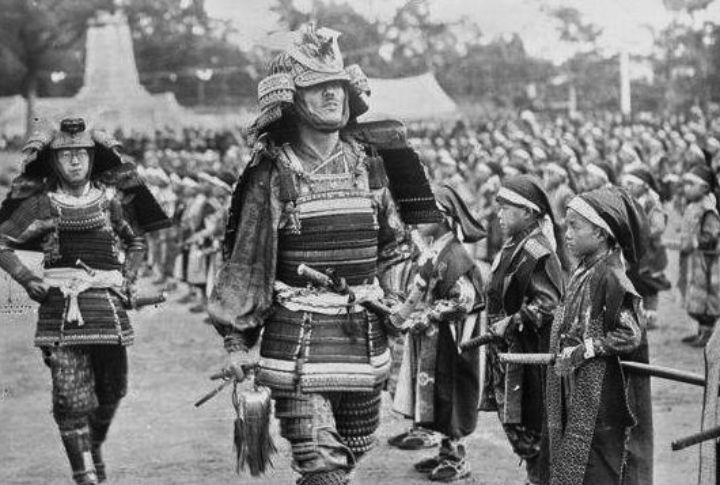
Samurai warriors like the Hosokawa and Shimazu were actively engaged in Japan’s Sengoku period (1467–1615) which shaped the political climate across Japan. Meanwhile, in 1492, Christopher Columbus embarked on his westward voyage to the Americas.
The Guillotine Was Still Used In France After Star Wars Hit Theaters

Star Wars dazzled audiences in 1977, a symbol of future visions. Yet that same year, France carried out its final execution by guillotine. The device, which is often seen as a relic of the French Revolution, persisted alongside tales of lightsabers and distant galaxies.
Harriet Tubman Witnessed The Lightbulb Revolution In Her Lifetime
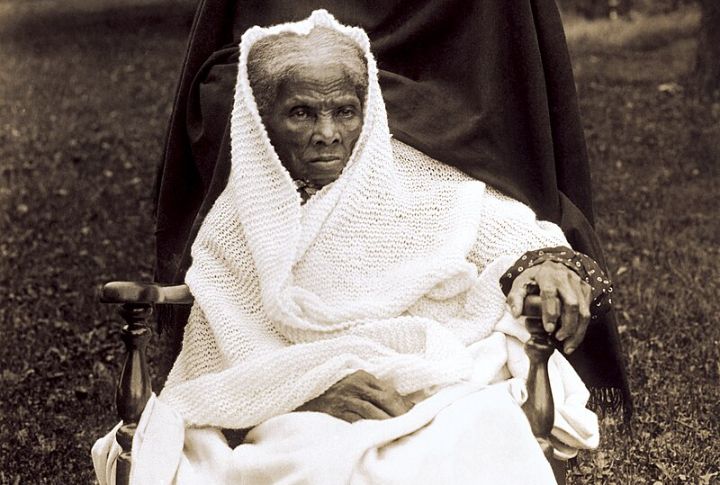
America was still lit mostly by candles when Harriet Tubman began her journey to change history. As the years passed, Thomas Edison introduced the first commercially viable lightbulb in 1879, and Tubman watched this bright new technology gradually reshape daily life all around.
Vikings Still Built Settlements After Europe’s First Universities Opened
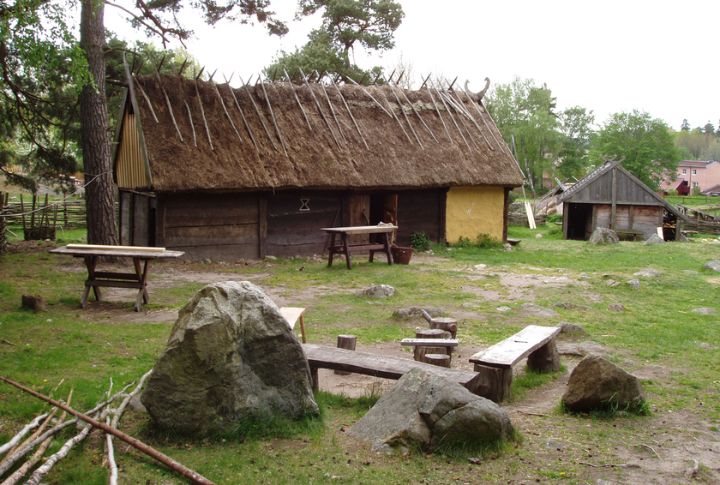
When the University of Bologna in Italy welcomed its first students in 1088, Norse settlers were still carving out communities across Greenland. Though often treated as relics of earlier centuries, Viking communities existed during Europe’s intellectual rebirth.
The First Email Was Sent Before Home Computers Became Common
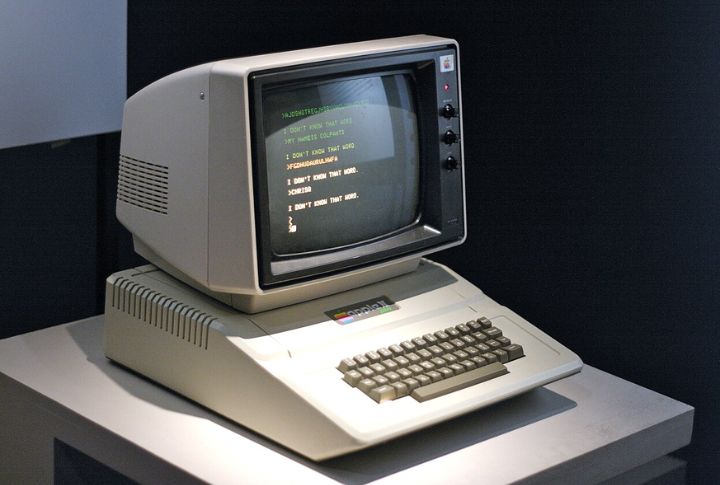
In 1971, engineer Ray Tomlinson sent the world’s first email. Yet, for decades afterward, home computers remained rare luxury items. The digital age quietly began while most households still relied on rotary phones and handwritten letters, which reveals technology’s slow arrival.
Nintendo Was Founded Before The Last Ottoman Sultan Was Deposed

The last Ottoman Sultan, Mehmed VI, ruled until 1922, when Nintendo had already begun its journey in 1889 as a playing card company. These overlapping timelines reveal how emerging brands quietly took root even as ancient empires still clung to power across the pond.

